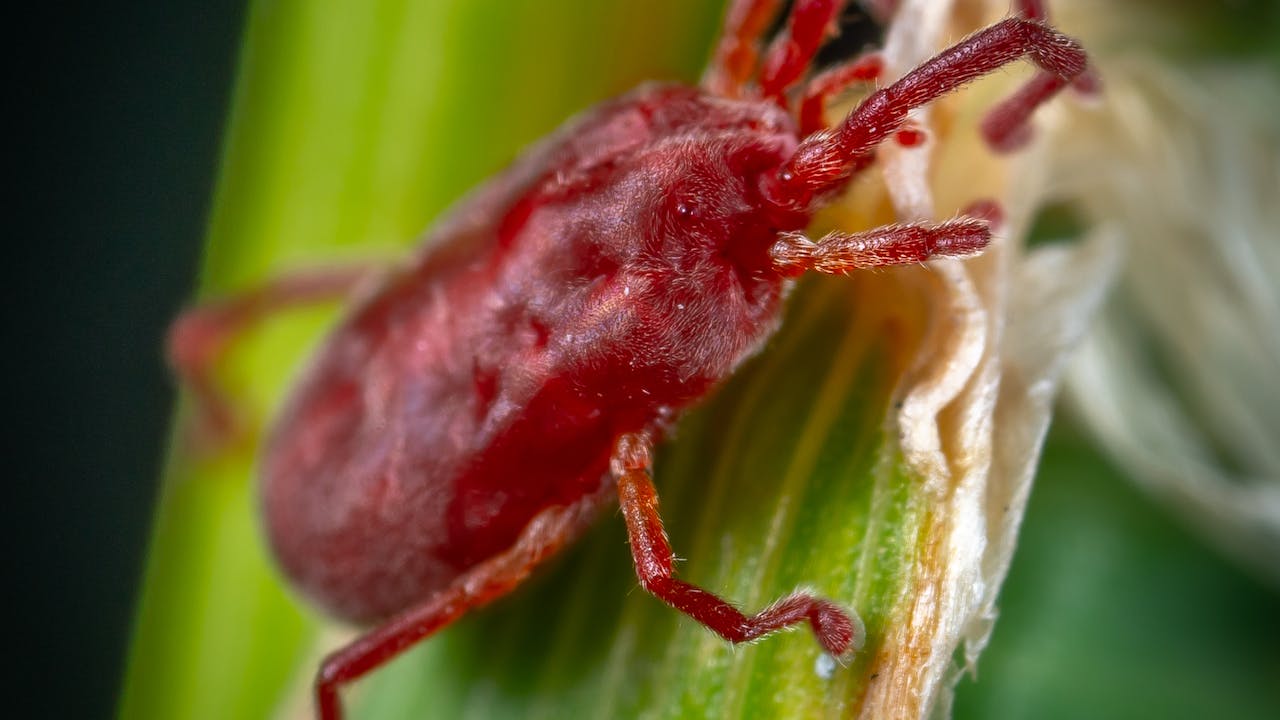Understanding Demodex Mites
Delve into a detailed description of Demodex mites. Discuss their lifecycle, how they infest human skin, and the symptoms they cause. Highlight the two main types of Demodex mites – Demodex folliculorum and Demodex brevis – and their differences. Explain how they are typically diagnosed and the common misconceptions about them.
Baking Soda: Properties and Uses
Discuss the chemical composition of baking soda (sodium bicarbonate) and its general properties. Explain its uses in household cleaning, cooking, and as a natural remedy for various conditions. Highlight its antibacterial and antifungal properties, which could make it a candidate for treating skin infestations.
Scientific Perspective on Baking Soda Against Demodex Mites
Present any scientific research or studies that have been conducted on the effectiveness of baking soda against Demodex mites. If there is a lack of direct research, discuss related studies, such as the effect of baking soda on similar skin conditions or mites. Analyze the results and discuss whether they conclusively support or refute the effectiveness of baking soda in killing Demodex mites.
Alternative Treatments for Demodex Mites
Discuss other common treatments for Demodex mites, such as prescribed medications, over-the-counter solutions, and home remedies. Compare these methods with the use of baking soda, considering factors like effectiveness, safety, and ease of use.
Practical Tips for Using Baking Soda
Provide practical advice on how to use baking soda for those who want to try it against Demodex mites. Include instructions, recommended quantities, and safety precautions. Emphasize the importance of patch testing and consulting a healthcare professional before trying any new treatment.
Summarize the key points discussed in the article. Reiterate the findings on whether baking soda is effective against Demodex mites and remind readers of the importance of professional medical advice for skin conditions. Conclude with encouraging readers to explore both traditional and alternative treatments while prioritizing safety and efficacy.

